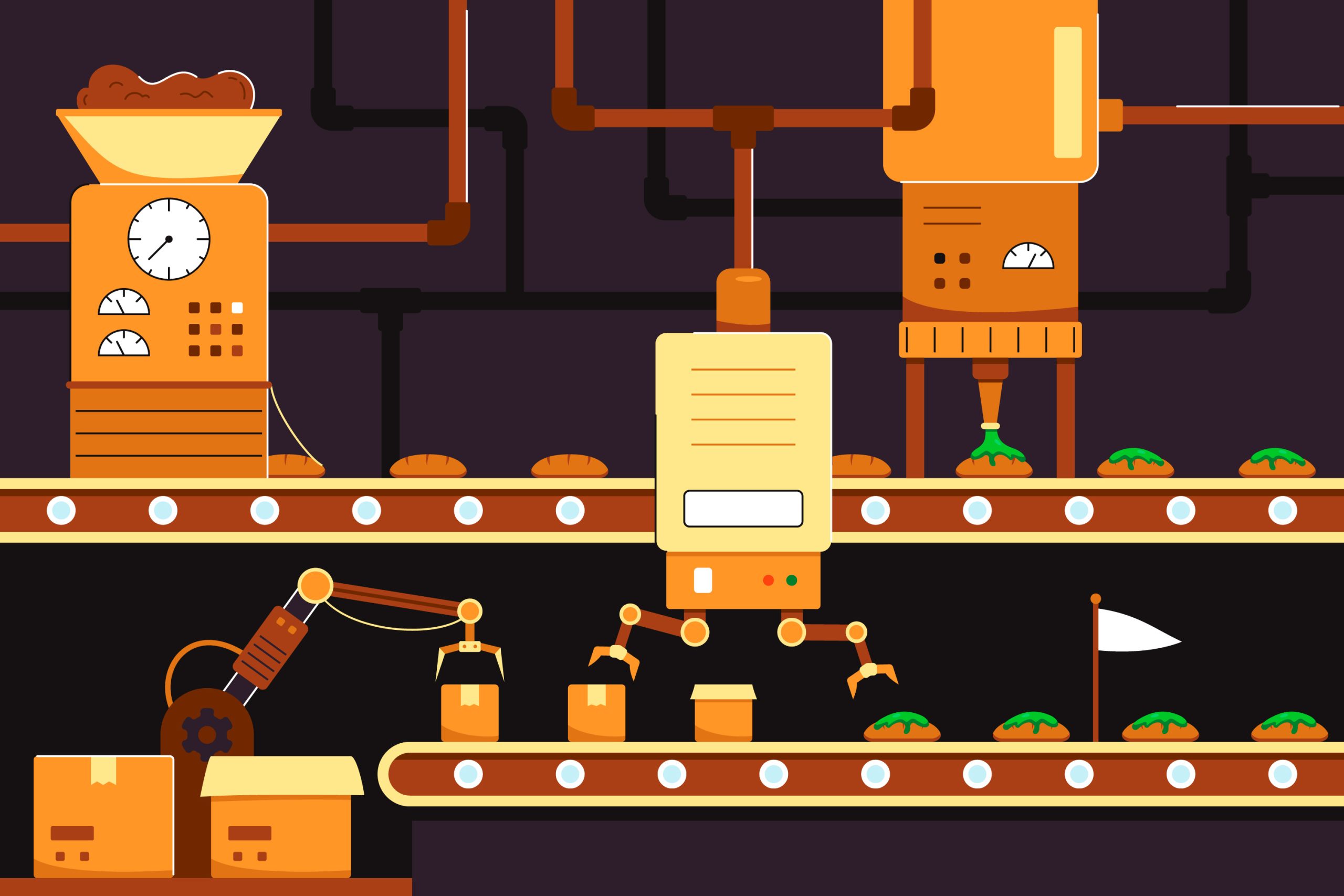The early 1800s marked a turning point in human history, particularly in the realm of manufacturing. It was during this time that a groundbreaking method emerged, revolutionizing the way goods were produced and laying the foundation for the modern industrial era. This method, which made mass production possible on an unprecedented scale, transformed economies, societies, and ultimately, the course of human civilization.
From Craftsmanship to Efficiency
Prior to the early 1800s, manufacturing was largely decentralized and carried out in small workshops or homes by skilled craftsmen. Each product was handmade, with production limited by the time and skill of individual workers. However, with the advent of the factory system, this traditional model gave way to a more efficient and mechanized approach to production. Factories centralized manufacturing processes, bringing together specialized machinery, labor, and raw materials under one roof to streamline production and increase output.
Standardization and Efficiency
At the heart of the method that made mass production possible was the concept of interchangeable parts. This revolutionary idea, pioneered by innovators such as Eli Whitney, involved manufacturing components to precise specifications so that they could be easily swapped out and assembled into finished products. By standardizing parts and processes, factories were able to achieve greater efficiency, reduce production costs, and increase the speed at which goods could be manufactured. This breakthrough laid the groundwork for the assembly line and paved the way for the mass production of everything from firearms to automobiles.
Fordism and Beyond
While the concept of interchangeable parts laid the foundation for mass production, it was the introduction of the assembly line that truly transformed the manufacturing landscape. Inspired by the principles of scientific management and efficiency, visionaries like Henry Ford implemented assembly line techniques to dramatically increase productivity and reduce manufacturing time. By breaking down production tasks into simple, repetitive steps and assigning each worker a specific task, factories were able to achieve unprecedented levels of output. The assembly line became synonymous with mass production, revolutionizing industries ranging from automotive manufacturing to consumer electronics.
From Goods to Globalization
The method that made mass production possible had profound implications for society, reshaping economies, labor markets, and social structures. The rise of factories and mass production led to urbanization as rural populations flocked to industrial centers in search of employment opportunities. It also transformed the nature of work, as skilled craftsmen were replaced by semi-skilled or unskilled factory workers performing specialized tasks. Furthermore, mass production facilitated the mass consumption of goods, fueling economic growth and paving the way for consumer culture.
Innovating Beyond the Assembly Line
In conclusion, the method introduced in the early 1800s that made mass production possible revolutionized manufacturing and laid the groundwork for the modern industrial era. From interchangeable parts to the assembly line, each innovation contributed to greater efficiency, increased output, and lower production costs. However, as we look to the future, it’s clear that the legacy of mass production continues to evolve. With advancements in automation, robotics, and digital technology, the manufacturing landscape is undergoing another transformation, paving the way for the next chapter in the history of production.
